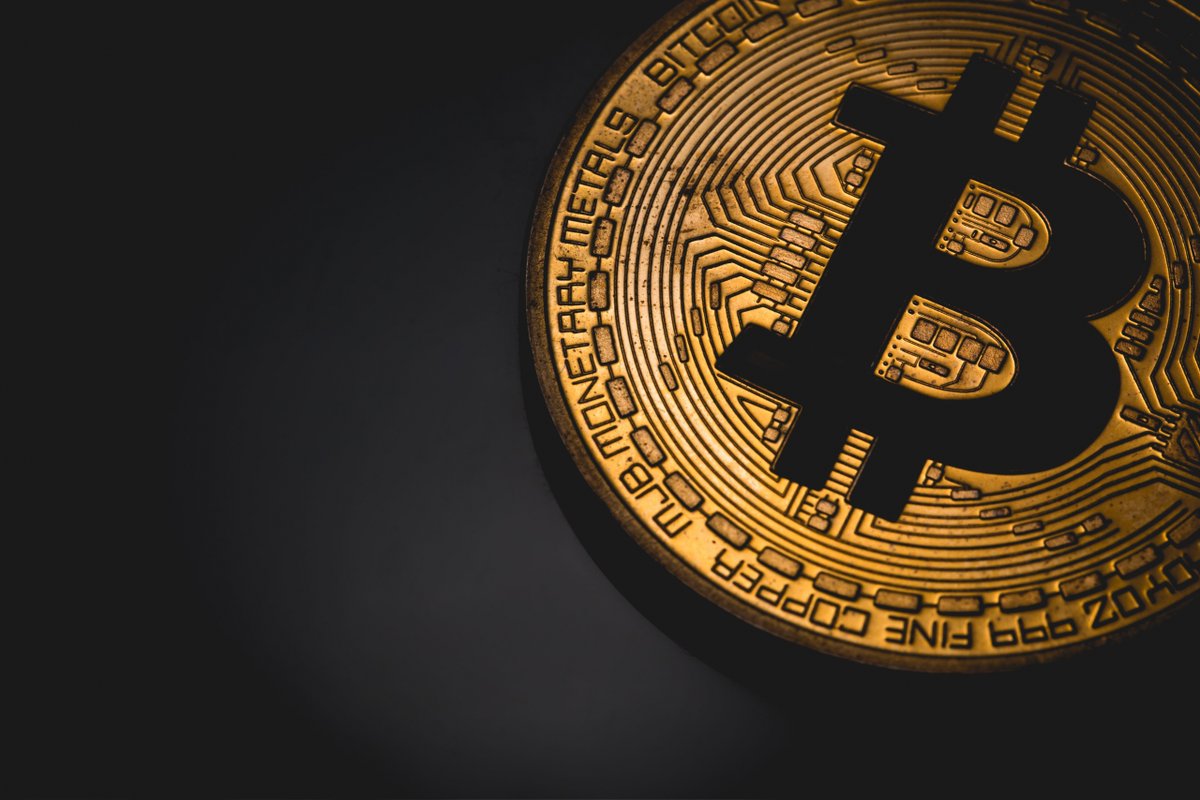The Lindy Effect is a theory that the future life expectancy of specific non-perishable items, like a technology or idea, is proportional to their age.
Put simply, the longer it has already lasted, the higher the likelihood it will continue to last.




In 1637, the Dutch Republic erupted into a speculative fever over an unlikely item...the tulip.
— Sahil Bloom (@SahilBloom) November 9, 2020
Tulip Mania has become a legend synonymous with market euphoria and bubbles. But is this tale all it's cracked up to be?
Who's up for a story?
\U0001f447\U0001f447\U0001f447 pic.twitter.com/cvYHoTZgdf
1/ An Allegory of Finance
— Sahil Bloom (@SahilBloom) July 18, 2020
I have been posting a lot of educational (and humorous!) threads on finance, money, and economics.
My mission is simple: to demystify these concepts and make them accessible to everyone.
All of the threads can be found below. Enjoy and please share!
If you want #Altseason, you should want $BTC to make a decent sized pullback. Ranges start after huge moves in both directions, IMO we need to see some cooling off before the ranging starts. Plz give 26k. #Bitcoin pic.twitter.com/yLG9xSrbKz
— Altcoin Sherpa (@AltcoinSherpa) January 3, 2021

$BTC.D: This is the chart for inverse #Bitcoin Dominance, the macro chart you need to check out for #Altcoins and when they have their runs. Still potentially more pain to go for $ALTS but I'm thinking that they will turn around strong when $BTC is done w. its run. pic.twitter.com/Q8ewTSRywp
— Altcoin Sherpa (@AltcoinSherpa) December 27, 2020
Big #Altcoin thread for $ALTS: Where are we at in the cycle, how long do we have, is this #ALTSEASON, what are the relationships like, all of that. $BTC #Bitcoin $ETH $LINK #Altcoins pic.twitter.com/nwVjgZu4fw
— Altcoin Sherpa (@AltcoinSherpa) November 9, 2020